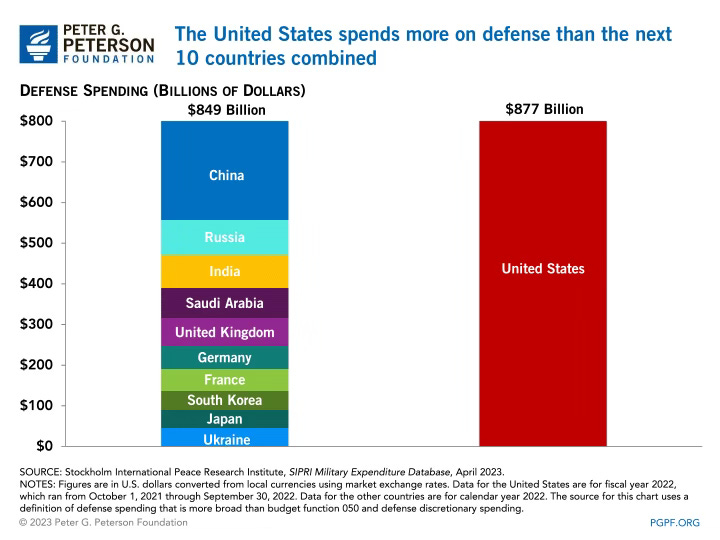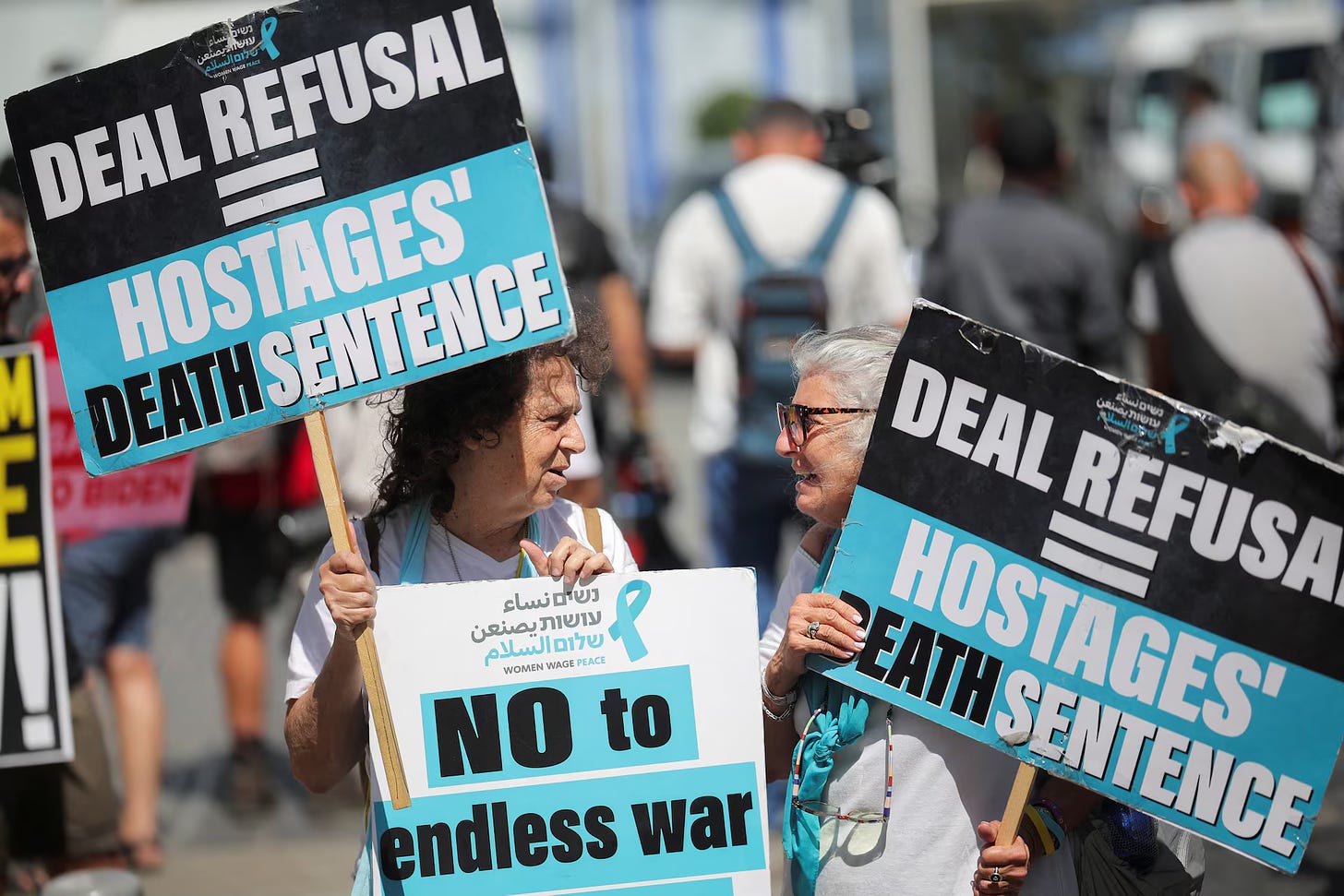W.J. Astore
Peace Activist John Rachel Challenges Us to Imagine a Better World
War is the health of the (anti-democratic) state. On those terms, America is very healthy indeed. America dominates the global trade in weaponry, accounting for 40% of that trade over the last five years (“We’re #1 in bombs, bullets, and blowing things up!”). America spends more on its military than the next ten nations combined (most of them being U.S. allies). Roughly 60% of federal discretionary spending is devoted to the Pentagon, sold to the American people as an “investment” in national security, even as it’s truly all about imperial dominance and resource extraction and exploitation.

John Rachel knows this. He asked me to write a foreword to his new book. “War Is Making Us Poor,” and what follows is that foreword. Check out his website and consider buying his book. Its succinct title sums up much about what’s wrong in America.
FOREWORD
Recently, I was reading the letters of Thomas Henry Huxley, who made a wise assertion in 1888: “Battles, like hypotheses, are not to be multiplied beyond necessity.”
My country, the United States of America, has been needlessly multiplying its battles around the world without necessity. The result has been a series of devastating wars in places like Vietnam, Iraq, and Afghanistan, wars that killed millions for little purpose other than the enrichment of what President Dwight D. Eisenhower in 1961 termed the military-industrial complex. Thus, Martin Luther King Jr. was right to conclude in 1967 that the United States had become the greatest purveyor of violence on the planet, its unbridled pursuit of militarism producing a form of spiritual death.
As James Madison, one of America’s founders, wrote near the close of the eighteenth century, no nation can preserve its freedom and maintain a healthy democracy when it embraces and pursues endless warfare. John Rachel knows this, feels this, and embraces the challenge of fighting against it. He knows America is dedicating more than half of its federal discretionary spending to wars, as the Pentagon budget soars toward $900 billion in 2024. He knows America is suffering from a form of spiritual death. He knows militarism will be the death, not only of democracy in America, but possibly of our planet itself, whether in quick time due to global nuclear war or in slow motion due to war-driven calamities aggravated by climate change.
America needs to change course. It needs to learn the word “peace” again. It needs to embrace diplomacy and reject militarism. It needs to stop being the world’s greatest purveyor of violence. It needs to dismantle its global network of 800 military bases, it needs to reject its vision of “full-spectrum dominance,” it needs to end its glorification of warriors and warfighters as heroes, it needs to stop exporting weapons to the world’s worst hotspots. But how?
As I write this, the U.S. government is sending massive arms shipments to Israel to enable ethnic cleansing in Gaza. Palestinian innocents, including thousands of women and children, are being pummeled and eviscerated by bombs and missiles carrying the label, “Made in USA.” America, which fancies itself a beacon of freedom, has become an abattoir of death through endless war.
I served in the U.S. military for twenty years. I taught thousands of military cadets the lessons of history. Yet I failed to question and challenge the system in meaningful ways until after I retired from the military. Somehow, collectively, Americans need to find the courage to change our violent ways. We need to act—now.
John Rachel’s book, by provoking us to think and to examine our often-unquestioned biases and assumptions, is just what we need to execute an “about-face” in America’s constant march to war.







